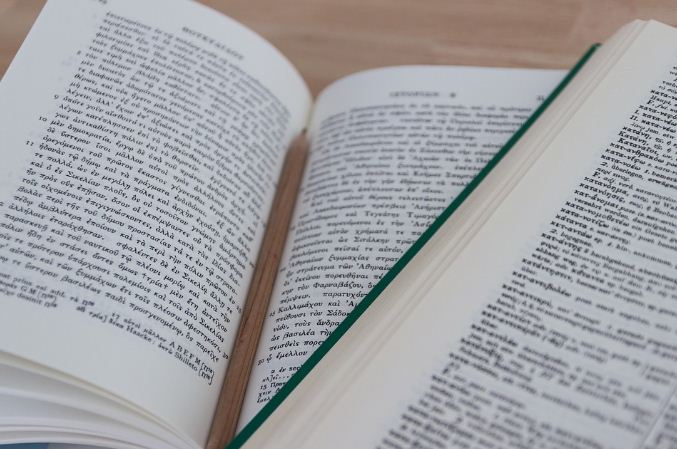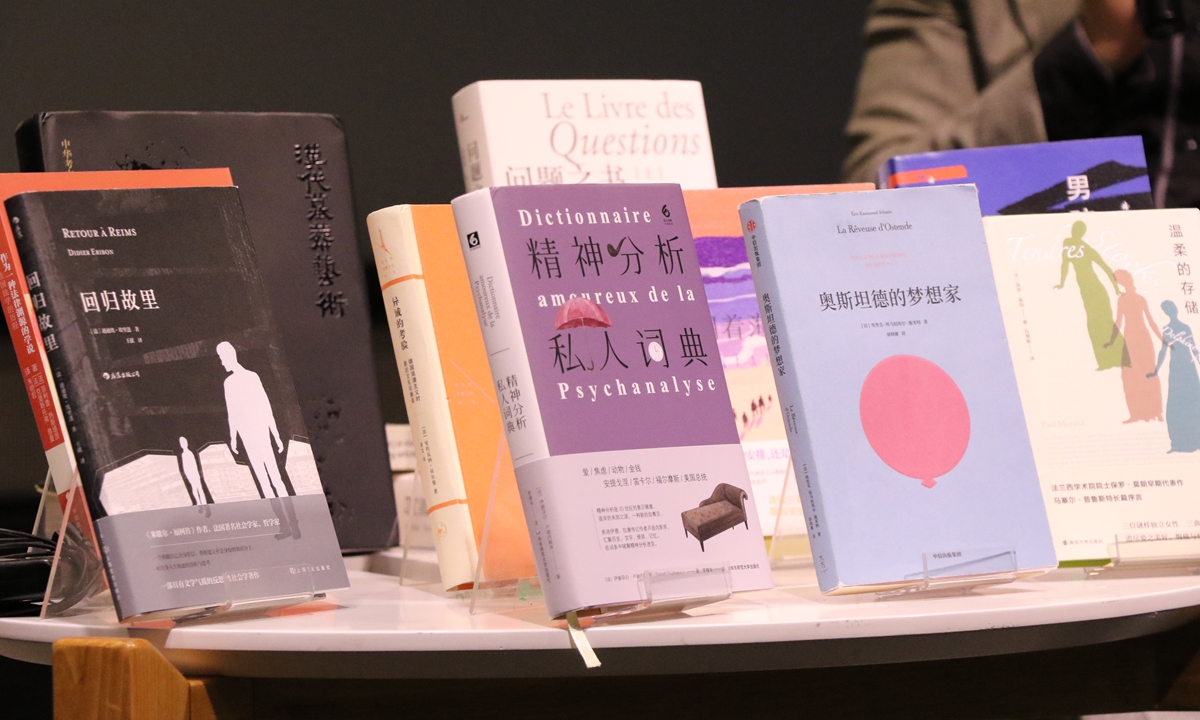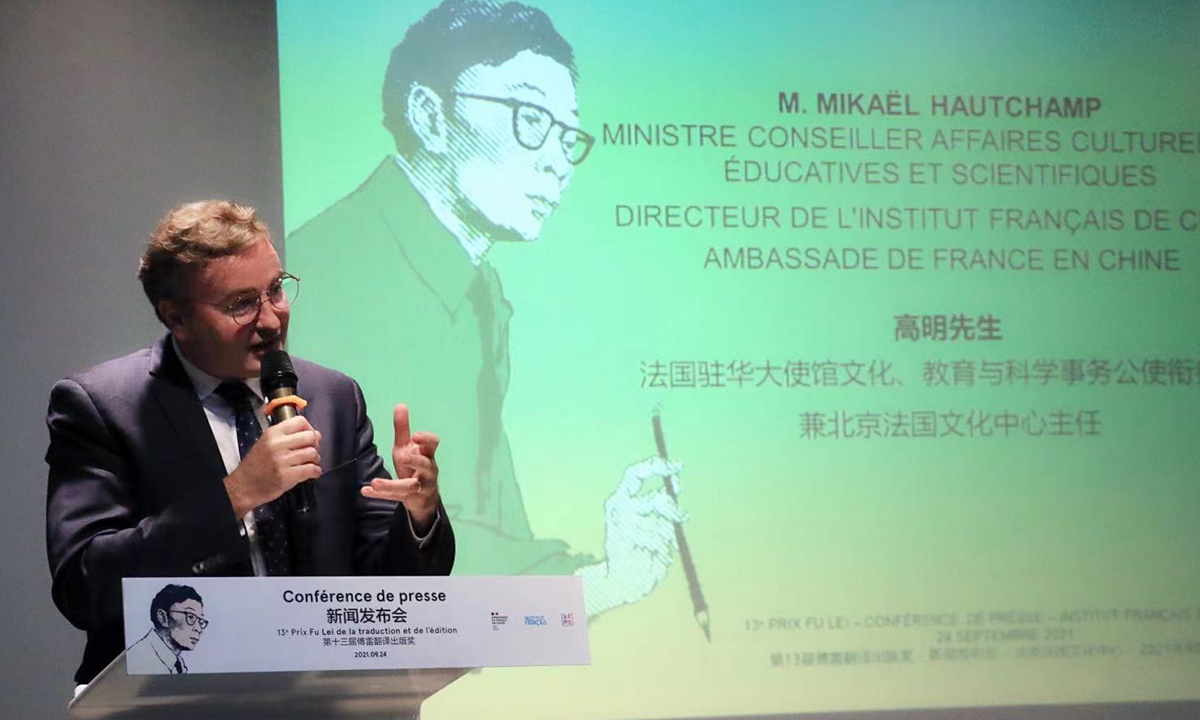
World Translation Day is an opportunity to look back at the various online translation sites. Even if none of them are 100% efficient and accurate, they are still very useful for a quick decoding!
Most scientific articles are written in English. If it is convenient to have a universal language, it becomes less convenient when that language is not mastered. Despite that, more often than not, we stumble across articles written in really other languages, in Italian, Russian, Chinese,... And here’s where, reading the article becomes really difficult... The dictionary is of no help, when you don't know the language at all. And anyway, let's be honest, who uses dictionaries anymore...
Fortunately, there are online translation sites! You must have heard of them, and you must have been told off by your language teachers, because they are not 100% reliable and contain many errors. This is true of course, but when you are not looking for a perfect translation, and you just want to understand the context, it can be very efficient!
So, for you, we have tested different online translator sites in order to offer you the most reliable ones for your (non) scientific translations!
Deepl
Deepl is an automatic translation site that’s been around since August 28, 2017. Currently, 26 languages are available for translation. It is extremely efficient for translating scientific documents, and offers good accuracy and great variations in its translations. Watch out though! It is not efficient enough for a perfect translation! Its main drawback at this stage is the fact that it only translates up to 5000 characters, including spaces so brace yourself to make a couple of translation trips back and forth.
Yandex translate
Very similar to Deepl, Yandex translate is a translation system based on the analysis of millions of texts. The advantage over the previous one is that it is possible to translate an entire document in one go, without any character problems. Moreover, this tool has no less than 94 different languages. It is also possible to listen to the pronunciation of the translation (like deepl and google trad too). However, the aesthetics leave something to be desired, and the texts sometimes overlap, making it difficult to read.
Google traduction
The biggest advantage of google translation is that it is the first to appear in the search bar. It can translate texts in 109 different languages, which makes it the big winner in this selection when it comes to language availability. But the number of characters that can be translated at once is limited to 3900, and the translation is a far cry from reliability During a translation test, this service translated the exact opposite of what the text said, forgetting the negation. Beware!
Reverso
Everyone knows reverso! It can act as an automatic translator, like Deepl and Yandex translate, but with a maximum of 800 characters, which is much lower than Deepl. It is also less precise in the form of its sentences. However, it has the advantage of offering synonyms and spelling and grammar corrections. In short, it offers a bit of everything, and has been doing so for the past 20 years.
Translator
A real discovery, this site offers, among other things, the option to translate entire PDF documents (like deepl), then to download them, with a rather fine translation. The test was conclusive, and few errors were found in the text. The PDF had font problems, with the writing sometimes so small that you had to zoom in to read it. Other than that, don't hesitate to use it!
Linguee
Unlike Deepl and Yandex Translate, Linguee is not an automatic translator. It is an online dictionary that allows you to find words and expressions, offering several possibilities, from the most to the least reliable. It is therefore ideal for fine-tuning a text and correcting any remaining errors!



 The way the feature currently works, it’ll only be available to a few key Meet user groups: Google Workspace Business Plus, Enterprise Standard, Enterprise Plus, Education Plus, and Teaching & Learning Upgrade users. If you’re keen, administrators will have to apply for access through their corresponding Google Suite package.
The way the feature currently works, it’ll only be available to a few key Meet user groups: Google Workspace Business Plus, Enterprise Standard, Enterprise Plus, Education Plus, and Teaching & Learning Upgrade users. If you’re keen, administrators will have to apply for access through their corresponding Google Suite package. 











